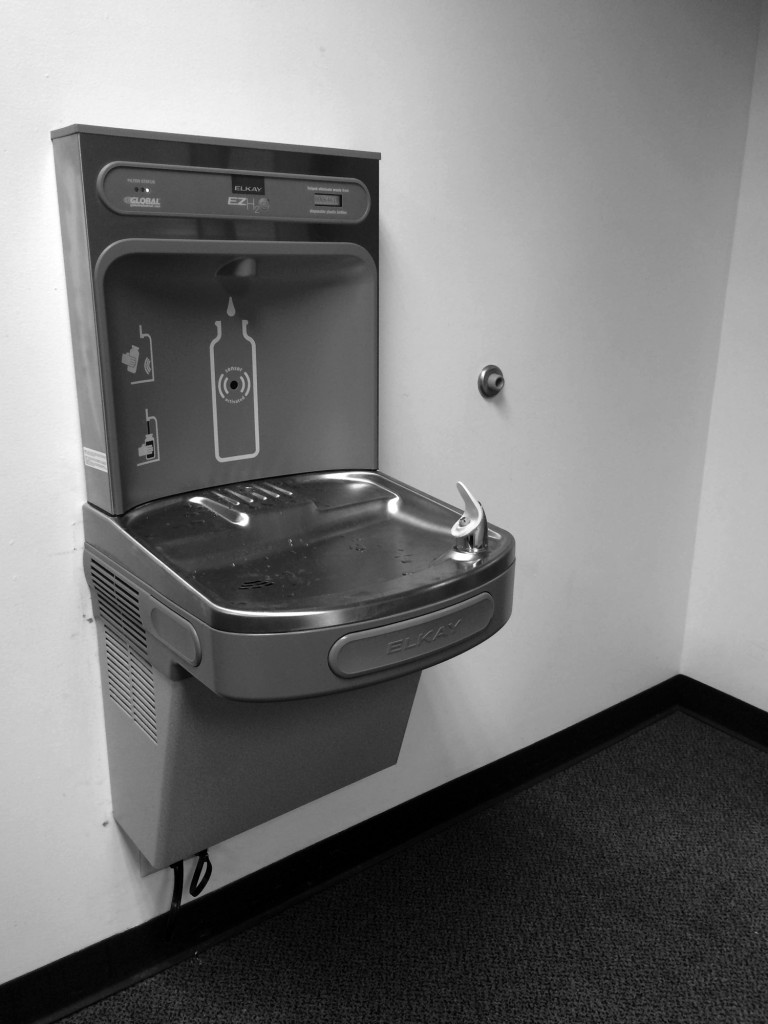Approximately 75% of Americans recycle. While this is a high number, perhaps it is not high enough. If everyone in America tried to help the environment, there would be a greater chance for improvement. Even as a college student, there are many ways that one can have an impact—especially at Eastern University, where there have been several initiatives to help the environment.
One way in which Eastern has helped the environment is through recycling. Eastern has a single-stream recycling program, which is a very user-friendly system. Instead of having to separate each material into various receptacles, a person is able to place all paper fibers, plastics, metals, and other containers into one bin. The convenience of this method encourages busy college students to recycle.
Another of EU’s environmental efforts is its partnership with Keystone Solar. Keystone Solar’s partnership with Eastern is the largest solar project in Pennsylvania. This partnership started in 2012, and has led to EU’s commitment to 100% clean energy at the St. Davids campus until at least 2018. EU has been purchasing wind power from Community Energy since 2006, and also installed a solar system through them in 2009. Community Energy has provided a portion of the clean energy from their Keystone Solar project in Lancaster, Pa.
Outside of this partnership, EU has initiated several other environmental efforts. For instance, the Eagle Learning Center on the St. Davids campus is entirely powered by the solar panels on its roof. As of January 2016, the ELC had generated 419,457.2 KWH. This converts to 419,457,200 hours of solar power.
The latest in a line of eco-friendly movements at Eastern has been sponsored by Enactus, a student group dedicated to entrepreneurial movements. They have installed water fill-up stations around campus to help cut down on waste. There are currently two stations: one is directly outside of the library in the HHC, and the other is in McInnis Hall on the first floor. Plant Operations helped with the installation and ordering of the water fill-up stations.
Now, the next big question here is how did this start? Where did the idea for the water fill-up stations come from? There was a general consensus among the students that they did not like filling up their water bottles at the regular water fountains. The students did not think that the water tasted filtered. The new stations not only satisfy students but also help to reduce pollution by encouraging reusable water bottles.
This movement by Enactus was only the beginning of their plan to make EU a more eco-friendly campus. Their ultimate goal is to rid Eastern of plastic water bottles all together, as well as continue to increase recycling awareness on Eastern’s campus. This is only the start of what could be a very green Eastern!

